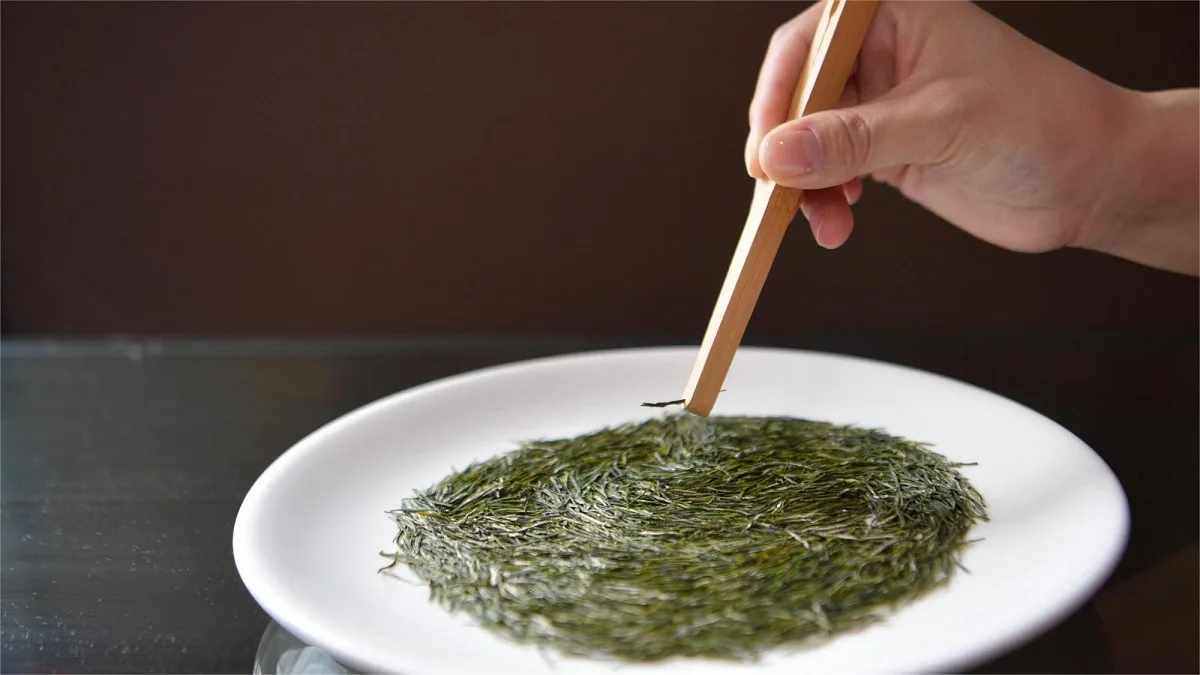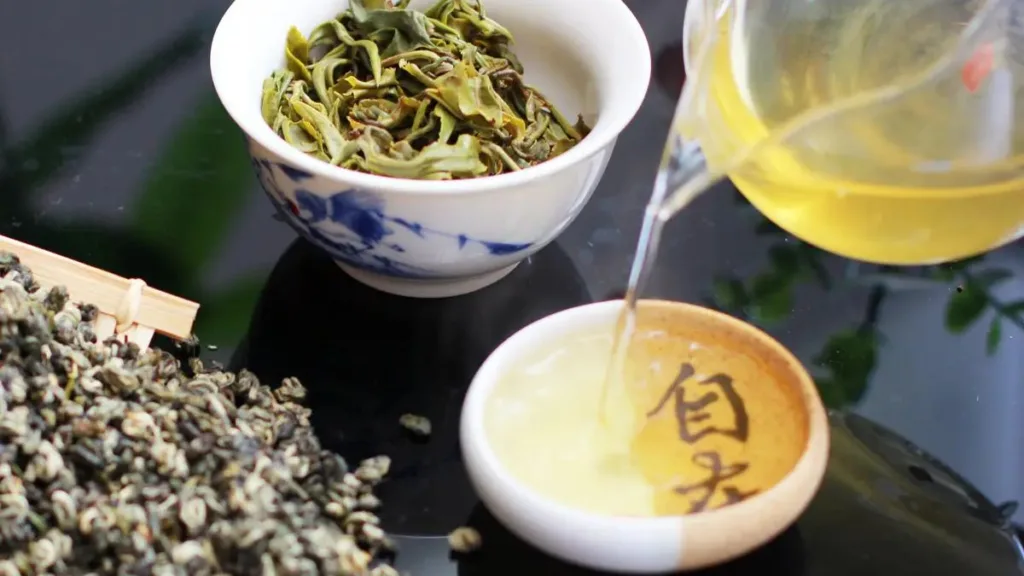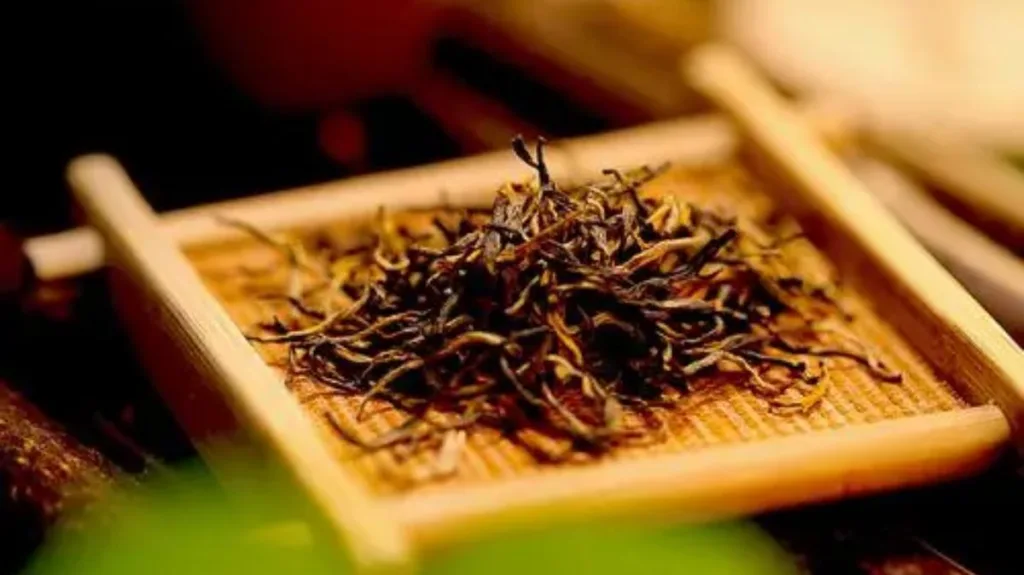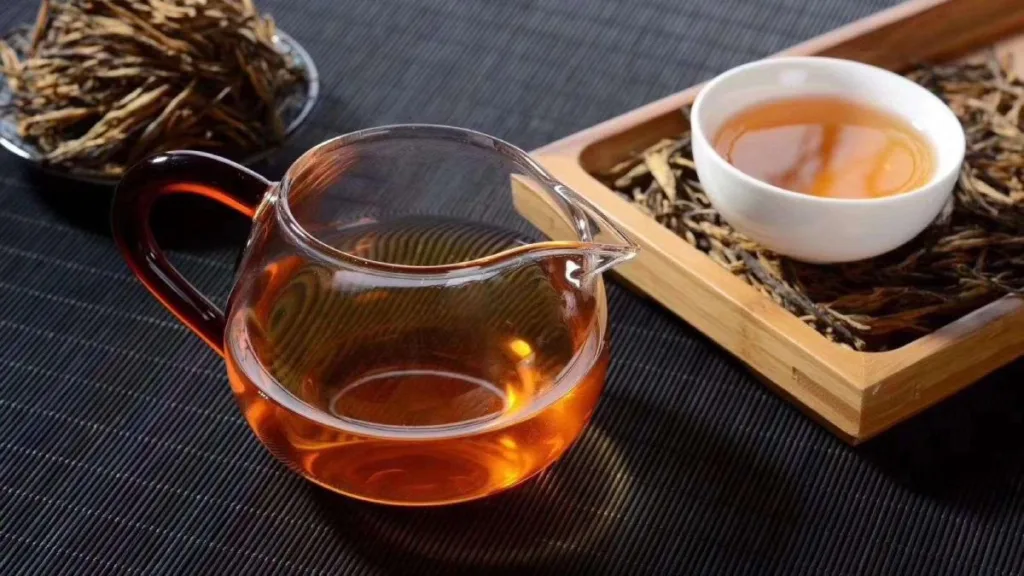Green tea has long been celebrated for its numerous health benefits and cultural significance in East Asia. Among the various types of green tea, Chinese and Japanese green teas are widely popular and renowned for their distinct flavors, aromas, and health-promoting properties. In this exploration, we will delve into the health attributes of Chinese and Japanese green tea, comparing and contrasting their characteristics to determine which might be considered healthier.
Chinese Green Tea: A Rich Tapestry of Flavors and Health Benefits
Chinese green teas, with a history dating back thousands of years, come in a diverse array of varieties, each with its unique characteristics. Some of the most well-known Chinese green teas include Longjing (Dragon Well), Gunpowder, and Tie Guan Yin. Chinese green tea is often pan-fired or wok-fired to halt the oxidation process, preserving the vibrant green color and delicate flavors.
One of the key health benefits associated with Chinese green tea is its rich content of polyphenols, particularly catechins. Catechins are antioxidants known for their potential to combat oxidative stress and inflammation in the body. Epigallocatechin gallate (EGCG), a type of catechin found in abundance in green tea, has been extensively studied for its anti-cancer properties and potential to aid in weight management.
Moreover, Chinese green tea is believed to have a positive impact on cardiovascular health. Regular consumption has been associated with a reduction in LDL cholesterol levels, helping to lower the risk of heart disease. The presence of theanine, an amino acid, contributes to a calming effect, promoting relaxation and stress reduction.
Additionally, Chinese green tea is often lauded for its potential role in supporting metabolism and weight loss. The combination of caffeine and catechins has been suggested to enhance fat burning and improve overall metabolic rate. This, coupled with its relatively low calorie content, makes Chinese green tea a popular choice for those seeking to maintain a healthy weight.
Japanese Green Tea: Elegance and Simplicity in Every Sip
Japanese green teas, such as Matcha, Sencha, and Gyokuro, are characterized by their vibrant green color and unique cultivation methods. Unlike Chinese green teas, Japanese green teas are typically steamed to prevent oxidation, resulting in a more robust flavor profile.
One of the distinguishing features of Japanese green tea is the presence of chlorophyll, a green pigment that develops during the steaming process. Chlorophyll is believed to contribute to the detoxification of the body and may aid in the elimination of heavy metals and toxins.
Matcha, a powdered green tea, has gained global popularity for its unique preparation and consumption. The whole tea leaves are ground into a fine powder, and the entire leaf is consumed when preparing Matcha. This means that the drinker ingests a higher concentration of nutrients, including antioxidants and chlorophyll, compared to other green teas.
Japanese green tea is also rich in the amino acid L-theanine, known for its relaxation-inducing effects. The synergy between caffeine and L-theanine is thought to provide a calm alertness, promoting focus and mental clarity without the jitteriness often associated with caffeine consumption.
In terms of antioxidants, Japanese green tea contains catechins similar to Chinese green tea, but with variations in their proportions. While both Chinese and Japanese green teas contribute to antioxidant defenses, the specific balance of catechins may influence their overall impact on health.
Comparative Analysis: Which is Healthier?
Determining which green tea is “healthier” involves considering individual health goals, preferences, and the specific health benefits one prioritizes. Both Chinese and Japanese green teas offer a plethora of health advantages, and the choice between them may come down to personal taste and cultural inclinations.
If the goal is to harness the potential benefits of polyphenols and catechins for antioxidant and anti-inflammatory effects, Chinese green tea may be a preferred choice. Its diverse range of flavors and aromas, from nutty Longjing to floral Tie Guan Yin, allows for a personalized tea experience.
On the other hand, those seeking a more concentrated source of nutrients and a unique, umami-rich flavor profile may lean towards Japanese green tea, especially Matcha. The ceremonial preparation of Matcha adds a meditative aspect to its consumption, making it a mindful choice for those who appreciate the ritualistic nature of tea-drinking.
In terms of relaxation and mental clarity, Japanese green tea, with its higher L-theanine content, may have a slight edge. The calming effects of L-theanine, combined with the sustained energy from caffeine, provide a balanced and focused state of alertness.
Ultimately, the health benefits of green tea are multifaceted, and the choice between Chinese and Japanese green tea depends on individual preferences and health objectives. Incorporating either into a balanced and healthy lifestyle can contribute to overall well-being.
Conclusion
Chinese and Japanese green teas are both revered for their distinct flavors, aromas, and health-promoting properties. The choice between them ultimately depends on individual preferences and health goals. Whether one leans towards the rich tapestry of Chinese green teas with their diverse profiles or the elegance and simplicity of Japanese green teas, the shared thread is the myriad of health benefits they offer. Regular consumption of green tea, regardless of origin, can be a delightful and health-conscious addition to a balanced lifestyle.



